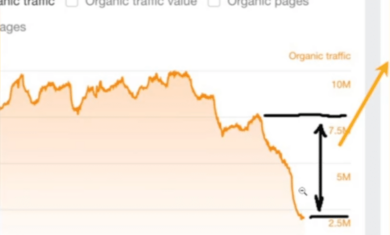The mental model of Social Proof is used frequently in marketing, but it’s a bit deeper than I’ve often realized. The main concept, as written by Robert Cialdini in his 1984 book “Influence” is that it:
maintains that a person who does not know what the proper behavior for a certain situation is, will look to other people to imitate what they are doing and to provide guidance for his actions.
This can be a bad thing, such as when teens face improper peer pressure, or when someone is afraid to speak out against something but prefers to just fall in line with those around them.
In many cases, though, it’s often more of just a cultural norm.
- Articles that get shared a lot tend to get shared even more.
- If a line has formed for something, most will get in line rather than push to the front.
- While many hate “laugh tracks” on television shows, they’re shown to be rather effective in getting others to laugh.
When it comes to marketing, social proof can be a great way to convince others to buy your product. “See our reviews” is essentially saying “see why other people like you found our product helpful”. It’s compelling. Almost every website that we build has some degree of customer testimonials on it to help show new visitors why they should care more about that particular product.
Psychology Notes HQ wraps it up nicely:
Social proof is a very powerful weapon of persuasion and influence. Awareness of how its mechanisms work and affect our personal life, consumer choices, education, social interactions, and every other aspect of our daily existence, could be very helpful.




